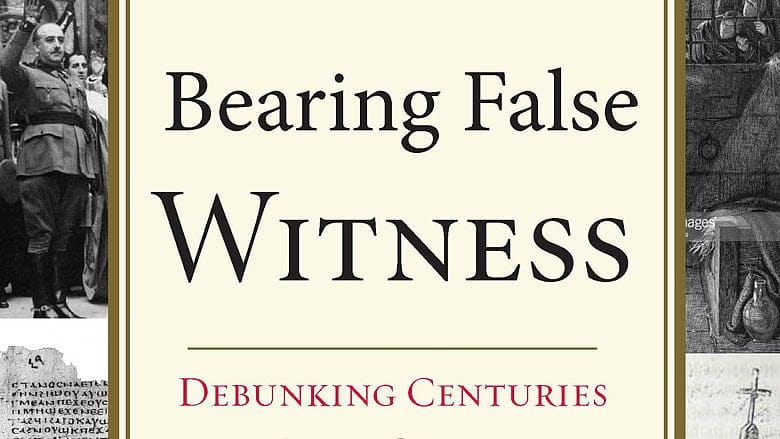Rodney Stark challenges anti-Catholic historical tropes in latest release

Any person, moderately informed on a topic of current interest, will have experienced the Brandolini law, which can be paraphrased as: the amount of energy necessary to refute a false claim is an order of magnitude bigger than what it took to produce it. And if that individual happened to be Catholic, he would also know that Catholicism is the last acceptable prejudice among nearly every high, middle, or low-brow segment of Western society. Most of us have neither the time nor the energy required by Brandolini's law to counteract the pervasiveness of anti-Catholic statements. Whether borne out of laziness, insecurity or contempt, most of us in these situations simply turn the other cheek. However, at times it takes a non-Catholic to remind us that to accept a prejudice is not just a betrayal of an institution — it is also a betrayal of truth.
As a PhD in History from UC Berkeley and a self-styled "independent Christian," Rodney Stark is an unlikely candidate to be a Catholic historian. While both the over-zealous Catholic and the skeptical critic might grant him the ironic title of Defender of the Faith, Stark would be quick to remind them that he is not a defender of the faith, but of the truth. It is that commitment to the truth and to the integrity of his discipline that motivated Stark to author his latest book, Bearing False Witness: Debunking Centuries of Anti-Catholic History (Templeton Press, 2016).

